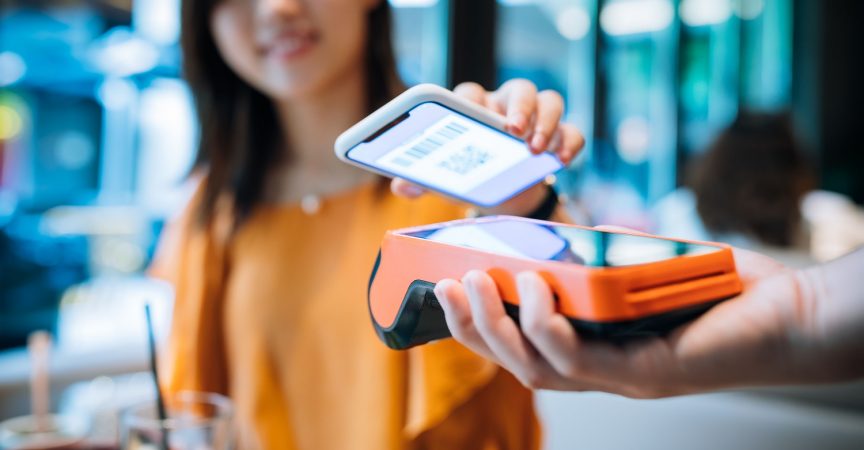Cybersecurity in 2020: The risk for restaurants
Restaurant owners may not be used to thinking about cybersecurity measures when it comes to their operations, but they do face certain cyber risks. Restaurants have shifted in many ways due to COVID-19 with some having to transform digitally overnight. Cyberattacks can cause damage to restaurants’ reputations, customers, and profit margins. It’s critical to stay ahead of cyberattacks and breaches.
What are the risks?
Restaurants are investing in technology to alter their business model, improve the customer experience, and boost profitability. This technology among other things includes point-of-sale (POS) systems, QR codes and online menus, and third-party apps.
There is a risk for restaurants even if they are using platforms like Uber Eats or DoorDash. These third-party apps may share or retain sensitive data with other third parties without the restaurants’ knowledge. This exposes the restaurants to new vulnerabilities and opens up entry points for cyber attackers. Customer payment data is one of the biggest targets—names, card numbers, and expiration dates are all valuable information for hackers.
Proprietary information such as recipes or business plans are targets for hackers. Payroll is also vulnerable as hackers can exploit that data.
Often hackers are just trying to cause a disruption. They can breach a restaurant’s systems with a ransomware attack to bring down operations. This puts a restaurant operator in a difficult situation, unable to access a system until a ransom is paid.
As restaurants transform digitally, some operators might struggle to adjust to the new technology. Adding components to systems can make you more vulnerable without even realizing it. As you update your restaurant’s digital operations, you need to remain aware of the security risks.
Managing risk and securing restaurants
Addressing these potential security vulnerabilities may seem overwhelming for the restaurant industry. However, it doesn’t have to be complicated.
The following actions will help secure your restaurant operations against potential cybersecurity issues.
- Understand the risk: The first step is being aware of potential cybersecurity vulnerabilities. Understand your security issues and start making a plan to address them.
- Make a plan: Once you address the risks, it’s time to add security protocols and protect your assets. Ensure your security software and operating system are updated and secure. Even once everything is secure, you should have a plan for a potential cyberattack or breach.
- Take action: If you discover a cyberattack, it’s very important to mitigate any damage while keeping the restaurant operational if possible. Restaurant owners with the proper tools to identify and offset cyberattacks will be in a much better position to respond.
These steps can be intimidating, however you can engage a firm to help analyze, plan, investigate and secure systems and software.
BDO can help
If your restaurant has vulnerabilities and security issues, we can help. BDO can perform a cybersecurity risk assessment, privacy assessment, or penetration test. We will keep scale in mind, as we understand COVID-19 is heavily affecting the restaurant industry. Reach out to our professionals to learn more about managing cybersecurity risks.










1 Comments